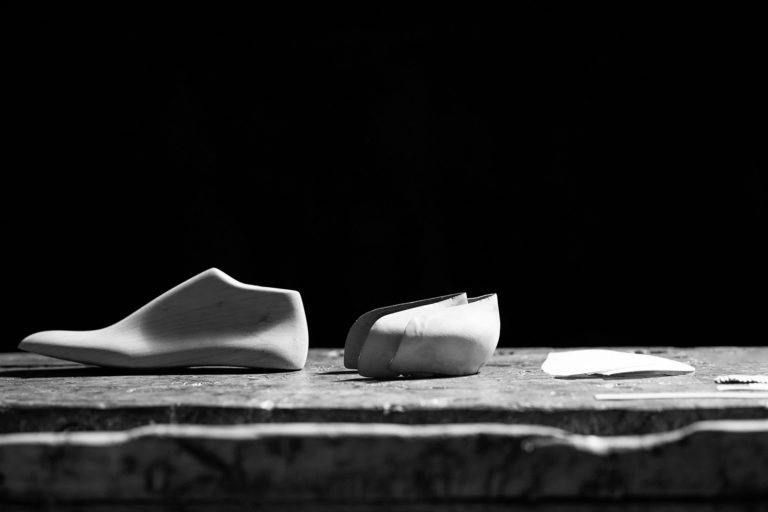The Italian fashion industry, with its nearly 83,000 companies, generates about 1.5% of the country’s GDP and is undoubtedly under a lot of pressure. Turnover is expected to fall by almost 40% in 2020.
In such a catastrophic scenario, caused by the pandemic, a very particular fact emerges that brings to light paradox: for years small and medium-sized Italian companies, almost always family-run for a couple of generations, have been advised (in some cases almost ordered) to grow in size, allying themselves with competitors or relying on investment funds. Not doing so would have meant closure. This is correct from many points of view and has proven to be true, given the high number of entrepreneurs who have had to hang up their boots.
The concept that a heavy specific weight is needed to remain on the market has now hit the Covid-19 wall. And as the Financial Times pointed out in an article, also taken up by La Conceria, “if before Covid-19 global competition, high labour costs and numerous recessions forced many companies to close, and those that survived to resort to expansion strategies, in the era of the pandemic, a large size has become a burden. Forced to keep employees, despite having little or no work, many are struggling to survive.”
The drastic drop in sales has meant that there are no resources to cover the huge fixed structural, communication, research and development costs… typical of the big players in the market. Costs that are also difficult to cut or reduce in such a short space of time.
As they say: the bigger you are, the harder you fall. Being highly structured gives you a more solid presence on the market, but also exposes you to greater shocks when the earth shakes.
On the other hand, a small company, whose costs are much more related to making the product, will certainly see its turnover fall as orders drop, but it has the ‘advantage’ of also finding its costs fall proportionately. This flexibility in dealing with slumps in turnover is what has enabled many to grit their teeth and survive.
But one wonders, it is just an accounting issue that makes us say that big is not always beautiful? Or are there other reasons which, in times of crisis, reveal small size as an advantage?
The small Italian companies we are thinking of are often linked to very small families. The business often represents the only source of livelihood for the whole family because the whole family is involved in that activity. The company represents the very life of that family and therefore, at all costs, adversities are faced with determination and perseverance.
The entrepreneur of a small to medium sized company is willing to inject capital, even substantial capital, in order to allow his ‘baby’ to cross the ford. A manager or an investment fund would hardly demonstrate the same attachment.
What else affects the decision of small businesses to stay open? Motivations that, depending on the occasion, can also be constraining or hindering, but which, in times of crisis, provide an extra boost to push their hearts over the obstacle. Intangible aspects, which business management literature has always taken into account. Evaluations that go beyond the pragmatic nature of an income statement: the emotional impact, first and foremost, of having to save a company founded, perhaps, by one’s grandparents. The repercussions on the territory and on the families of people who live together, even before working together; the thought for the ancillary industries on which a small business relies.
So when the sky gets dark, it therefore seems that the heads, arms and hearts of a few can prevail over the critical mass of giants. Even if the wish is for everyone to come out of this with as few broken bones as possible.



